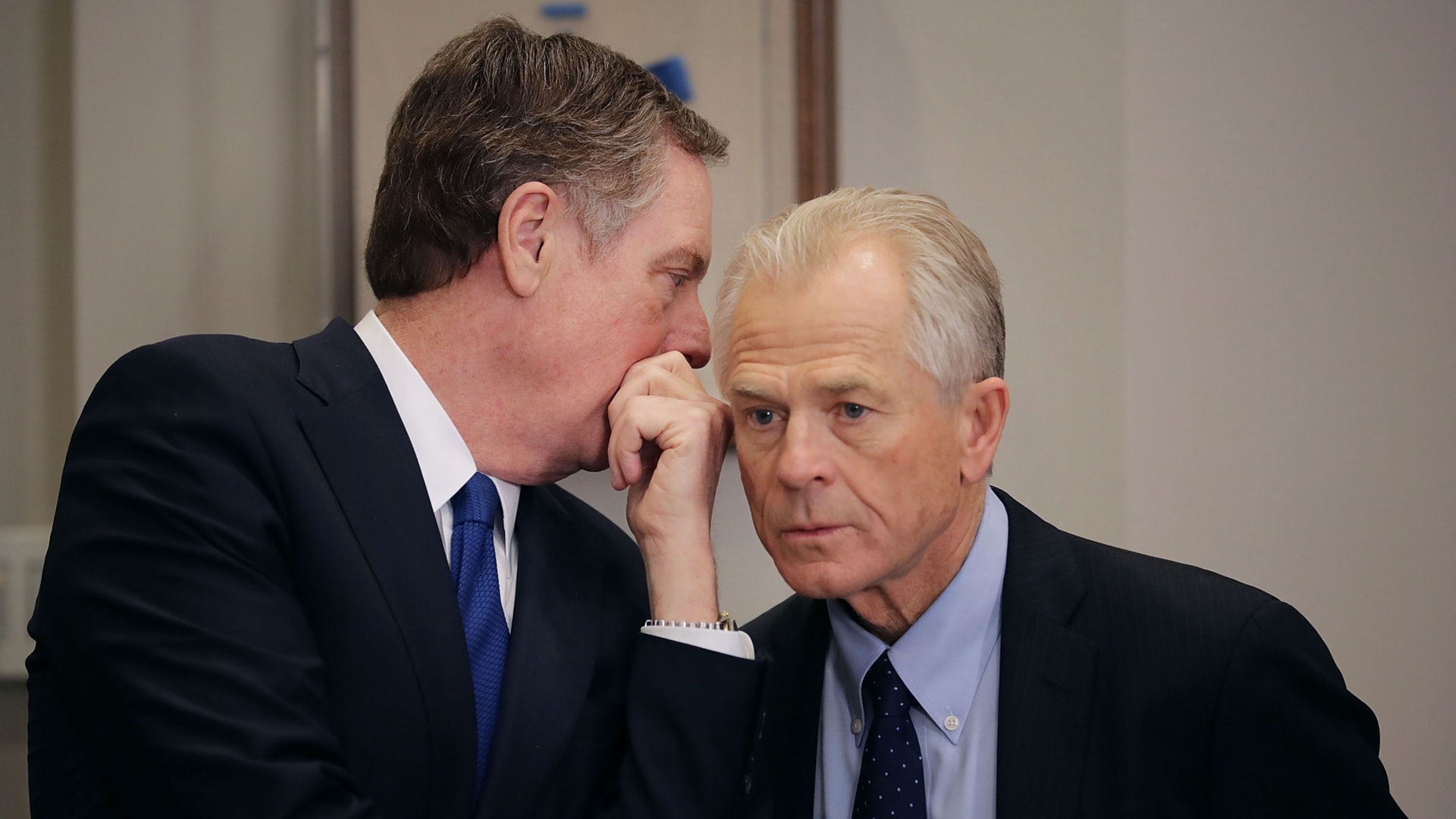In response to the China Ministry of Commerce spokesperson peak November 7th, “If China and the United States reach the first phase agreement, they should cancel the tariffs already imposed according to the content of the agreement,” White House economic adviser Kudlow (Larry Kudlow confirmed on November 7 that if the first phase agreement could be reached, there would be a tariff agreement and some concessions. Another White House consultant, Kellyanne Conway, mentioned on the same day that President Donald Trump “wanted” to sign the agreement.
US Trade Representative Robert Lighthizer once said that tariffs on China should be maintained for a long time until China fulfills its promises in trade negotiations. This time, Trump intends to cancel the imposed tariffs in stages. It can be said that the most important concession made by the United States since the trade war means that the Trump administration intends to alleviate the same by “cancelling the tariffs already imposed”. China’s trade tensions. This should also be a key step for the two countries to end the trade war. In the past, the United States has been stuck in “suspension of new tariffs” or “temporarily not raising tariff rates.” Therefore, both sides are only temporarily taking a truce, or avoiding the escalation of trade wars, which is not a final battle in the true sense.
What is currently in force in the United States is a 25% tariff on the $250 billion worth of Chinese goods. However, for this part of the effective tariff, the White House and the Congressional Chinese hawks have always regarded them as a bargaining chip for China to make concessions. Extreme hawks such as trade adviser Peter Navarro even believe that tariffs are also effective measures to pressure China to make reforms and concessions. Therefore, Navarro is bound to oppose any proposal to cancel the already imposed tariff.
On November 7, he mentioned to the Fox Business Channel that the United States and China did not immediately abolish the existing tariff as a condition for reaching the first phase agreement. The only person who can decide whether to cancel the tariff is President Trump. Trump’s external adviser on trade affairs, Michael Pillsbury, believes that the Chinese Ministry of Commerce’s statement is not so much a compromise with the United States as it is the Chinese government’s wishful thinking. Steve Bannon, a former White House strategist, also believes that this is a sophisticated approach by the CCP to increase its efforts to eliminate tariffs.
However, this objection or questioning voice is “normal” within the Trump administration. In the process of dealing with the Chinese government, Trump is also happy to let some hawks stand up to play “black face.” Navarro and Mike Pence, two vice presidents who delivered a speech, are such a role. Because, according to Trump’s logic, only the toughest hawks are around, and the agreement reached is the perfect agreement.
China can express its position through a statement, saying that the two sides have agreed to cancel the tariffs in a timely manner, which indicates that China is very convinced that Trump urgently needs an agreement. Otherwise, the two sides will talk about each other, and it will inevitably create noise for the negotiation of the text of the first phase agreement.
It is unclear whether “synchronous cancellation of tariffs” is part of the implementation mechanism or a prerequisite for reaching an agreement. Of course, some Chinese scholars also believe that the United States agrees to phase out tariffs in stages, which is also a measure to pressure China and make China make more concessions.












